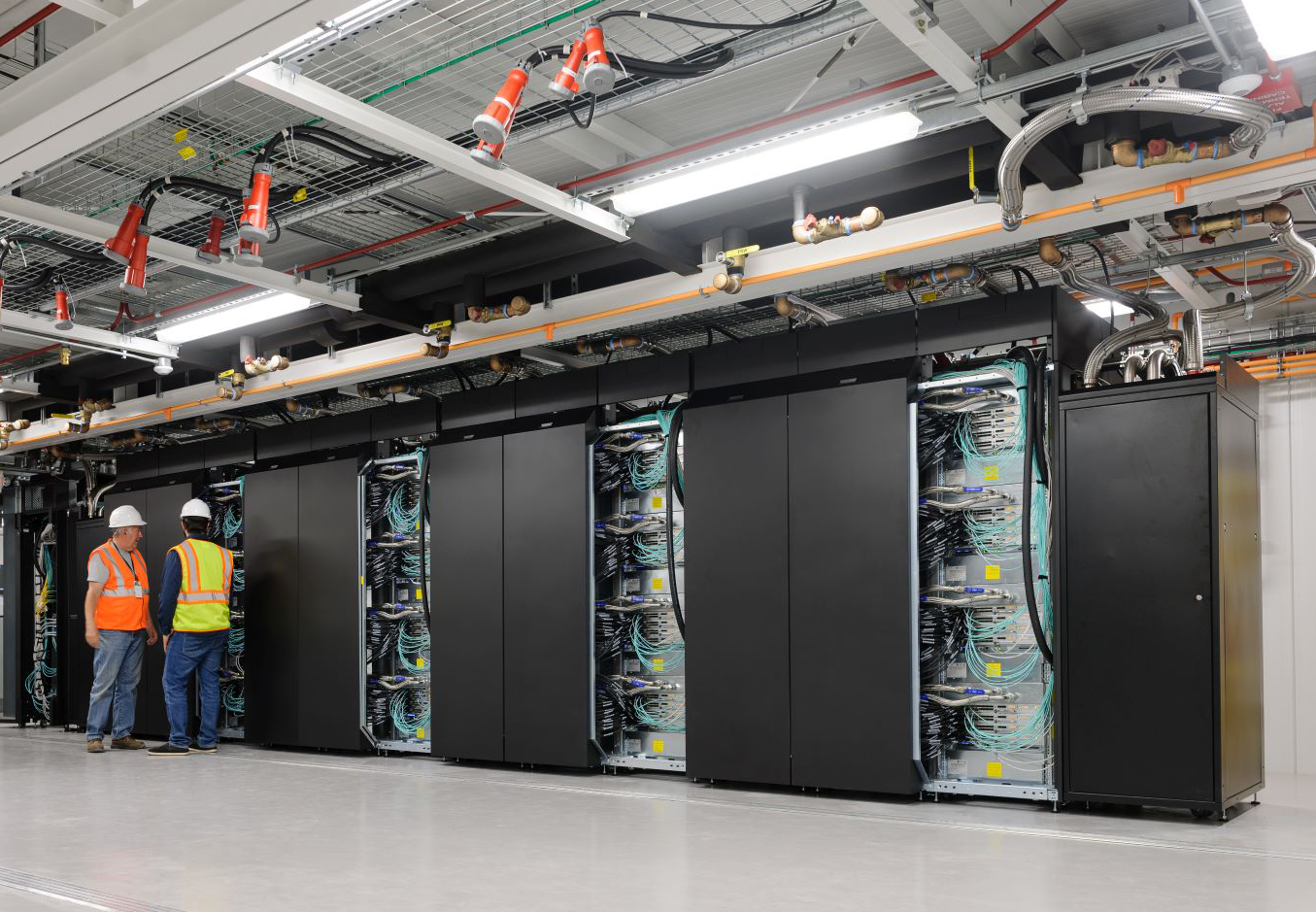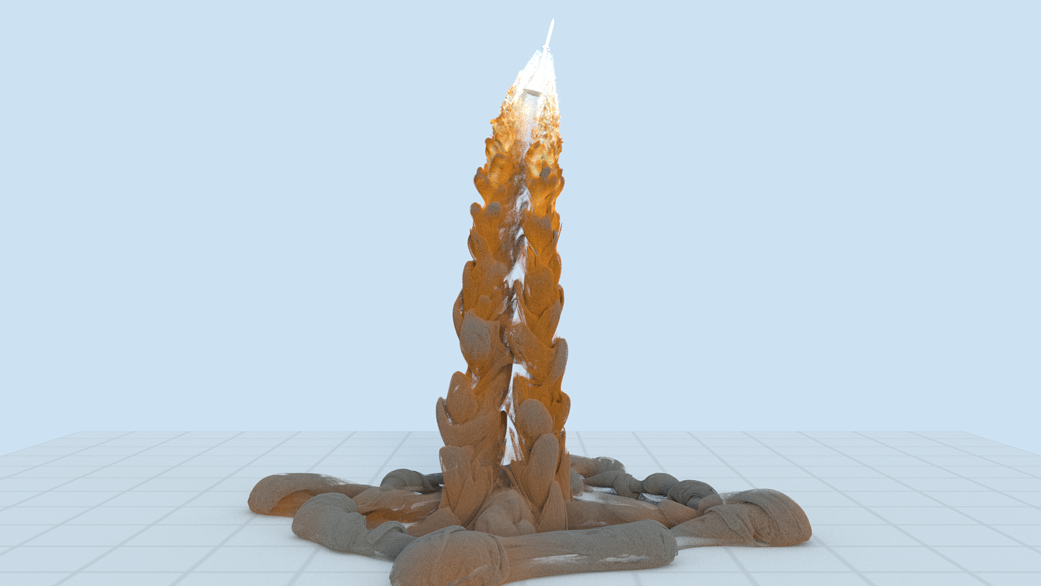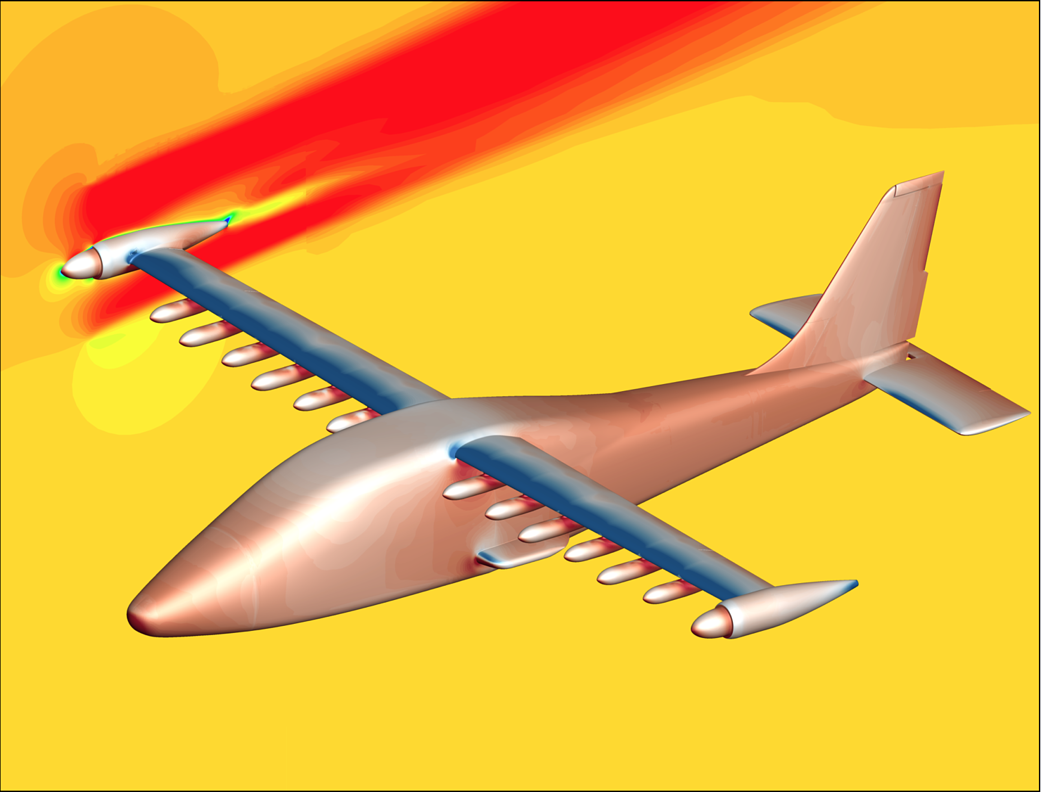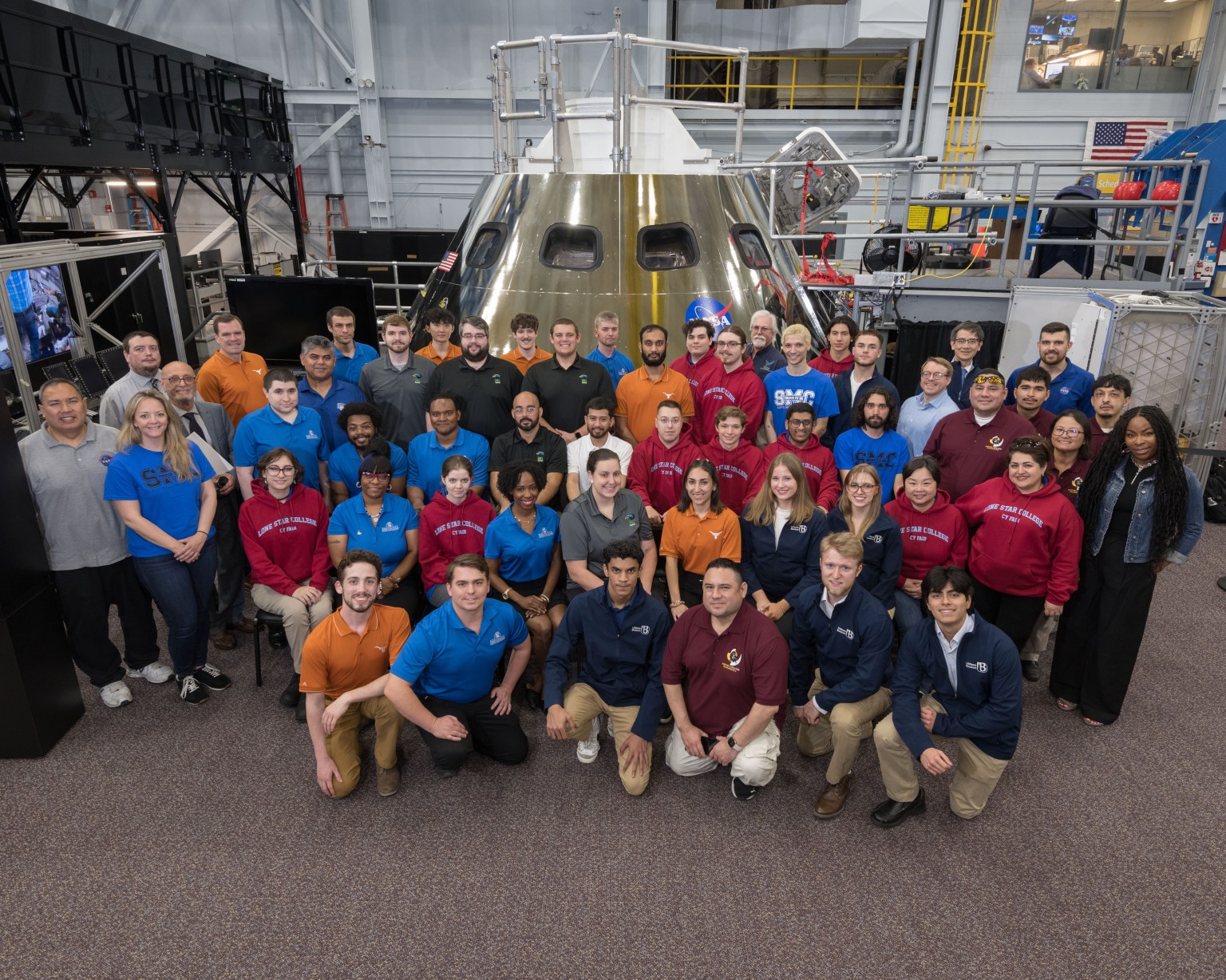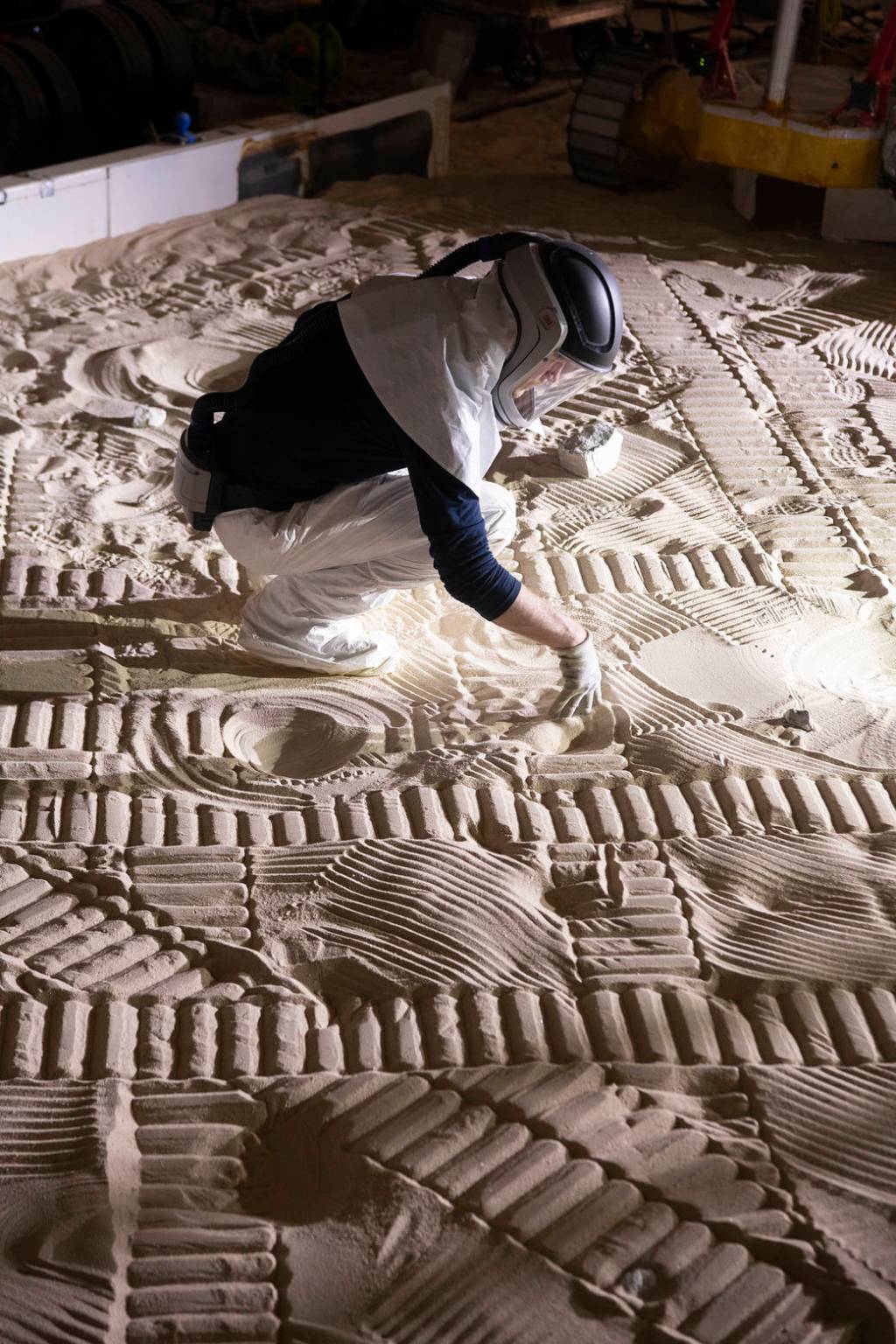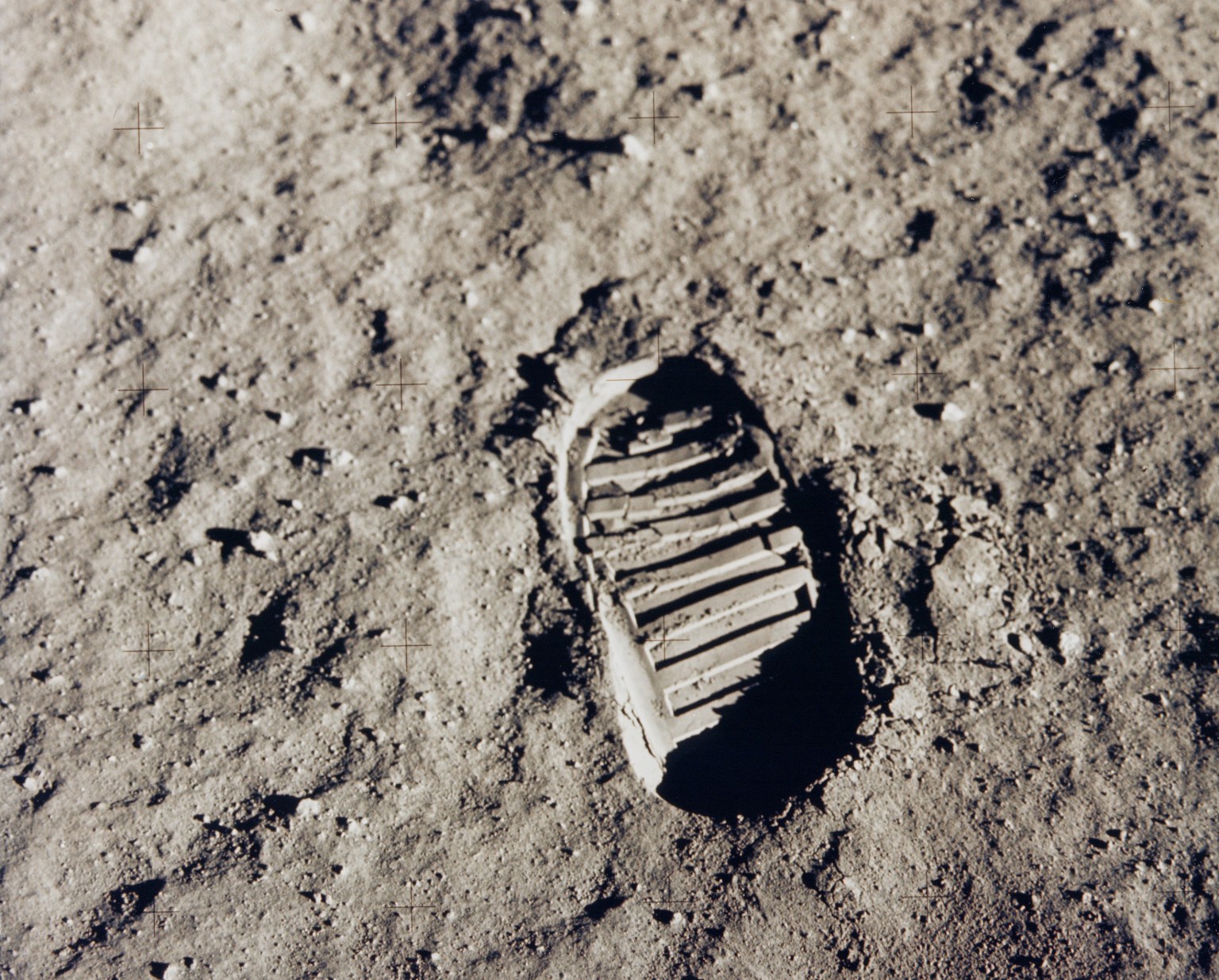About Supercomputing at NASA
As NASA’s work grows ever more ambitious, the amount of data that needs crunching expands with its goals. High-performance computing power is necessary to meet the agency’s unique needs for Earth and space science studies, space exploration, and advances in aviation. Supercomputers calculate equations so fast that they can efficiently simulate thousands of scenarios – different versions of a rocket launch, for example, and the many conditions that will influence it – without the need to test physical models for each case. These computers save time and money and increase mission safety and success. Right now, they’re playing a big role in the research, design and testing of elements NASA needs to send humans to the Moon with the Artemis program.
Ames’ Role and Facilities
NASA Advanced Supercomputing Facility
NASA’s main resources for high-end computing – and the research that keeps it moving forward – are found at NASA’s Ames Research Center in California’s Silicon Valley. The NASA Advanced Supercomputing Facility, or NAS, offers world-class supercomputing resources and services customized to meet the needs of about 1,500 users from NASA centers, academia and industry. Teams are able to model flight phenomena for entire aircraft and aerospace vehicles, Earth’s weather and climate, solar storms that impact our planet and human activities, the formation of the universe, and more.
Learn more:
For Researchers:
Modular Supercomputing Facility
The Modular Supercomputing Facility, or MSF, at Ames uses energy-efficient, self-contained modules to house its machines. The MSF has reduced water use by as much as 96% and electricity used for cooling by about 90%, compared with running the same computer resources in a traditional data center. Its modular approach makes it easy to upgrade the facility for fast-turnaround work on high-priority NASA missions.
Learn more:
Quantum Artificial Intelligence Laboratory
The Quantum Artificial Intelligence Laboratory (QuAIL) is where NASA conducts research to determine the capabilities of quantum computers and their potential to support the agency’s goals in the decades to come. Located at Ames, the lab conducts research on quantum applications and algorithms, develops tools for quantum computing, and investigates the fundamental physics behind quantum computing. The lab also partners with other quantum labs across the country, such as those at Google; Oak Ridge National Laboratory, or ORNL; Rigetti; and is part of two of the Department of Energy’s centers under the National Quantum Initiative, specifically the Co-design Center for Quantum Advantage and Superconducting Quantum Materials and Systems Center.
Learn more:
For researchers:
Featured Examples
Designing NASA’s Space Launch System and Orion Spacecraft
The SLS will is be the world’s biggest rocket when complete, and its design needs to be tested for a multitude of conditions it and the Orion crew capsule could encounter during launch. Running all the necessary tests using physical models in a wind tunnel would hardly be feasible, but computer simulations can quickly run thousands of launch scenarios. With this work, the NAS facility is saving NASA time and money, while improving confidence in safety and mission success.
Learn more:
NASA’s All-Electric X-Plane: A Cleaner Way to Fly
NASA is developing the X-57 “Maxwell” electric experimental aircraft with the goal of using five times less energy than conventional aircraft and – if powered by electricity generated from renewable sources – producing zero inflight carbon emissions. Its unique propulsion system features 14 motors and propellers spaced along its wings. To understand the aerodynamic effects of this design, NASA engineers are using the Pleiades supercomputer at the NAS facility to simulate flight conditions for the X-57.
Learn more:
Exploring Ocean Currents
A team from the NAS facility developed a visualization tool to help researchers study the behavior of ocean currents, like the Gulf Stream. It provides high-resolution views of the entire globe at once, allowing scientists to interactively explore new details they had missed in previous analyses of their simulation. In single-region views, properties such as temperature, surface wind stress, density, and salinity can be clearly identified – transforming the way we study global ocean circulation.
Learn more:





























